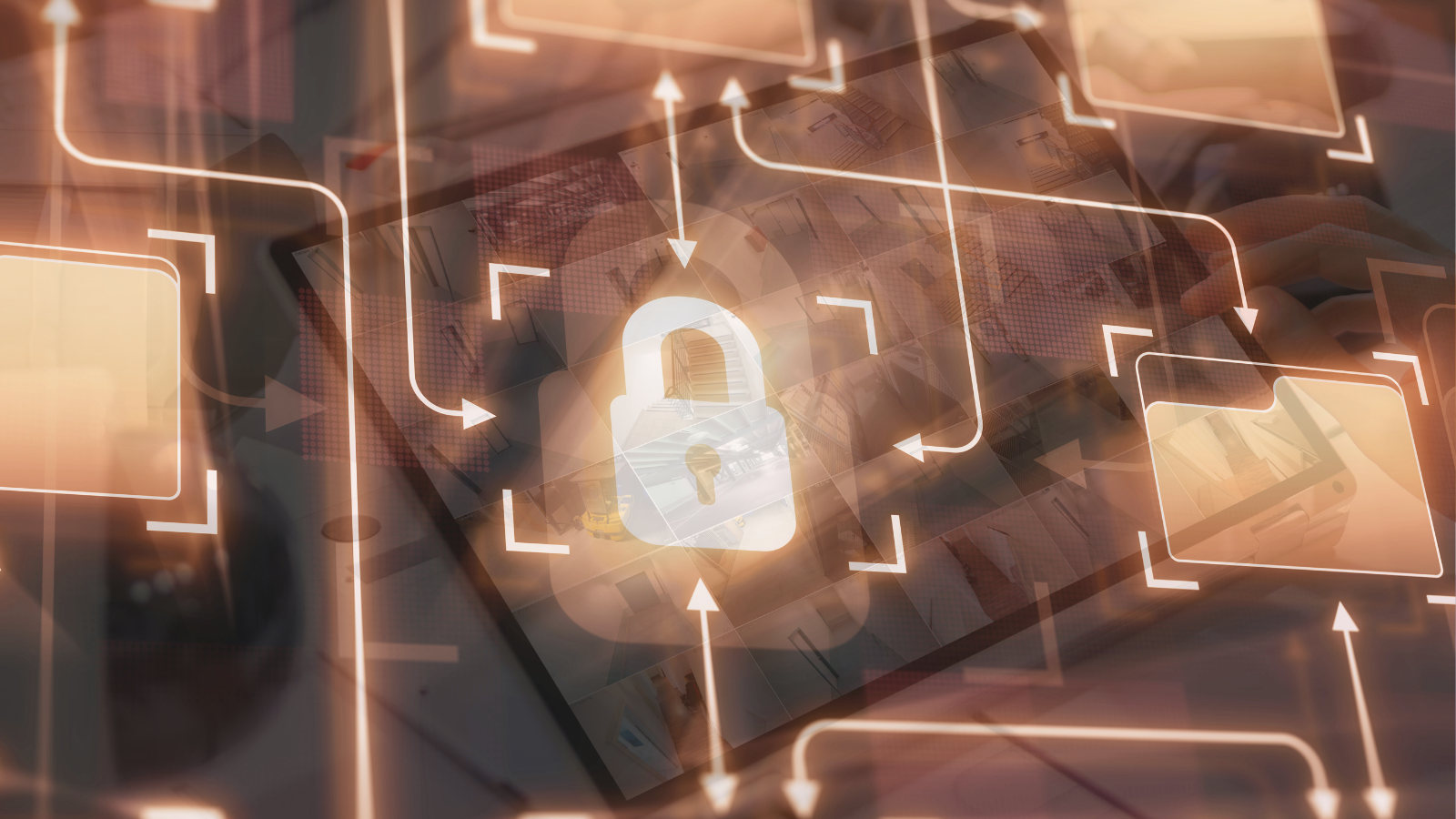Table of Contents
- Preventative maintenance
- Rapid Response
- Collaboration and shared accountability
- Physical Security Lifecycle Management
- Conclusion: Reducing physical security outages
Physical security systems are vital for protecting workplaces and employees. Even a small period of downtime can lead to significant consequences, like data loss or harm to employees. Yet, security system outages continue to challenge physical security teams. In fact, in the last five years, 54% of businesses experienced a downtime event that lasted more than 8 hours. For most organizations that’s an expensive problem.
Traditionally, physical security systems have been managed using spreadsheets, network diagnostic tools, or even pen and paper. However, as systems become more advanced, legacy methods don’t work and more organizations are turning to digital lifecycle management tools to ensure uptime and efficiency.
In this article, we share five practical strategies to reduce physical security system outages and strengthen your lifecycle management program. These strategies can be used together or separately.
1. Preventative maintenance
Preventative maintenance is all about taking care of security equipment regularly through periodically scheduled tasks and activities aimed at keeping your infrastructure working well. Preventative maintenance tasks may include cleaning, lubricating, and inspecting equipment, testing and calibrating sensors and alarms, checking for physical damage or wear and tear, and replacing batteries or components as needed. These tasks can help identify potential issues before they become critical and can reduce the risk of equipment failure, false alarms, or other security system malfunctions.
For security teams looking to get started we’ve created a simple preventive maintenance checklist that your team can use for your video surveillance and access control systems.
DOWNLOAD PREVENTATIVE MAINTENANCE CHECKLIST FOR VIDEO AND ACCESS CONTROL
Organizations with large physical security systems require more sophisticated methods of conducting and tracking preventative maintenance audits. With the SiteOwl platform security teams can conduct, manage, and document their maintenance tasks and activities on the cloud, with one-touch reporting.
With SiteOwl, security teams can
- Use device-level service and warranty information to plan changes, upgrades, and budgets.
- Access a centralized database with auditing, warranty, and lifecycle management.
- Review historical maintenance trends and reports.
Implementing this type of maintenance plan can also extend the lifespan of equipment and improve overall system performance. Accordingly, it is essential to prioritize this strategy and make it a part of routine operations to ensure the security system is functioning optimally at all times.
2. Rapid Response
A rapid response strategy is a plan of action that is designed to quickly and effectively respond to downtimes as and when they arise. This involves having a dedicated team readily available to address any issues with the system so that downtimes are minimized.
Rapid response, coupled with regular preventative maintenance checks can effectively reduce system downtimes and their impact on the business. The most effective rapid response strategies are those that have well-defined plans outlining specific actions to be taken in different types of situations. The plan should also include clear communication channels and protocols for responding to and resolving device failures.
For example, some types of failures can be resolved internally by the security team while others may need you to engage your security integrators. It’s important that your team know when to engage who and the process to follow in order to resolve the issue.
SiteOwl helps security teams quickly raise tickets, facilitating faster resolution and streamlining incident response…
- Provide real-time notifications and insights to reduce downtime.
- Enable access to accurate floor plans to locate systems quickly and resolve issues quickly.
- Drive collaboration between internal and external teams by making it easy to relay important information back and forth.
3. Collaboration and shared accountability
When security teams work in silos, it’s hard to communicate with other parts of the organization. A collaborative approach involves all stakeholders, internal teams and external security vendors to drive higher visibility and accountability. After all, security is everyone’s responsibility and everyone’s input is valuable in improving security system design, implementation and management.
Many teams are indirectly involved in keeping physical security systems running. IT, Operations, campus law enforcement and facilities management are just a few of them. When these teams report outages or other issues using disconnected systems, security teams struggle to consolidate the information needed to resolve them.
Building standard operating procedures and standardizing workflows can make it far easier for teams to be more effective. In addition, the SiteOwl platform enables all stakeholders and external vendors to work together in a central location, so security designs, installation projects, and service and maintenance work can happen as seamlessly as possible. They also have the added benefit of helping the organization to:
- Meet compliance requirements and regulatory guidelines.
- Achieve performance goals and objectives.
- Build resiliency against long-term outages and service interruptions.
4. Physical Security Lifecycle Management
Physical Security Lifecycle management involves taking a comprehensive and strategic view of all systems, equipment, and software components, from planning to disposal. Is consists of five phases:
- Plan – The process of assessing and identifying your organization’s security requirements and then building a solid plan to help your team meet them.
- Design – A multi-stage process using the information gathered in the planning step to build a security solution that the organization needs. Enterprise security teams often do this in partnership with their security integrators, consultants, and other vendors.
- Install – This is when the security solution is implemented, and your security team is put into action to maintain and manage the solution.
- Maintain- A period of time in which the security solution is used and managed by your security team to ensure that it is operating at peak performance.
- Audit-This when your security team monitors and manages your security solution to maximize uptime and lower risks.
LIVE Planning Feature Provides Actionable Insights
Lifecycle management using a digital platform like SiteOwl allows security teams to:
- Monitor ongoing service issues, and conduct system-wide audits to identify and fix security gaps and vulnerabilities.
- Stay on top of ongoing security system deployments.
- Monitor ongoing system operations and maintenance activities in real-time.
By proactively monitoring, testing, and maintaining equipment, system administrators can identify and address potential issues before they turn into full-blown outages. Adopting a lifecycle management strategy can help organizations make informed decisions about upgrading or replacing equipment, improving planning and budgeting, and reducing the risk of system failures and downtime.
Reducing physical security outages
Physical security system outages can be quite costly and disruptive to a business. In this article, we’ve shared five practical strategies to reduce costly outages and maximize physical security system performance within your organization.
These practices can be used together or independently. But how do you know which strategy will work best for your organization? And when to use each one?
Better yet, request a demo and see how we can help you digitally transform how you manage your physical security systems today.

Su Subburaj
Su is SiteOwl's CMO and leads all marketing and communications. Su has extensive strategy and management consulting experience and previously consulted for 3Sixty Integrated where she gained an in-depth understanding of digital transformation challenges in the physical security industry. When not working on strategies to expand SiteOwl's footprint, Su enjoys bad karaoke, weightlifting and traveling.









